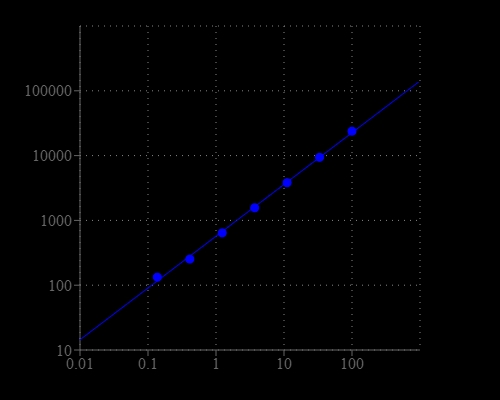Amplite® Fluorimetric Xanthine Assay Kit
Xanthine is a purine base found in most human body tissues and fluids. A number of stimulants are derived from xanthine, including caffeine, aminophylline, IBMX, paraxanthine, pentoxifylline, theobromine, and theophylline, which can stimulate heart rate, force of contraction, cardiac arrhythmias at high concentrations. Therefore, detection of Xanthine alteration in biological samples is important for disease diagnosis and therapy monitoring. Amplite® Fluorimetric Xanthine Assay Kit provides a quick and ultrasensitive method for the measurement of xanthine. It can be performed in a convenient 96-well or 384-well microtiter-plate format. Xanthine is oxidized to uric acid in the presence of xanthine oxidase to release hydrogen peroxide, which can be specifically measured with Amplite® Red by a fluorescence microplate reader. With Amplite® Fluorimetric Xanthine Assay Kit, as low as 0.4 µM xanthine was detected in a 100 µL reaction volume.


| Catalog | Size | Price | Quantity |
|---|---|---|---|
| 13843 | 200 Tests | Price |
Storage, safety and handling
| H-phrase | H303, H313, H333 |
| Hazard symbol | XN |
| Intended use | Research Use Only (RUO) |
| R-phrase | R20, R21, R22 |
| UNSPSC | 12352200 |
Instrument settings
| Fluorescence microplate reader | |
| Excitation | 540 nm |
| Emission | 590 nm |
| Cutoff | 570 nm |
| Recommended plate | Solid black |
Documents
Contact us
| Telephone | |
| Fax | |
| sales@aatbio.com | |
| International | See distributors |
| Bulk request | Inquire |
| Custom size | Inquire |
| Technical Support | Contact us |
| Request quotation | Request |
| Purchase order | Send to sales@aatbio.com |
| Shipping | Standard overnight for United States, inquire for international |
Page updated on December 12, 2025
